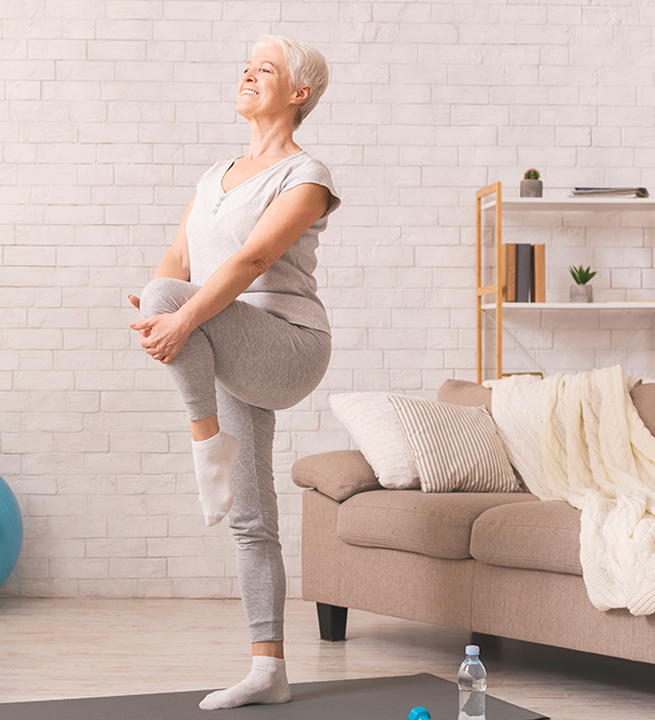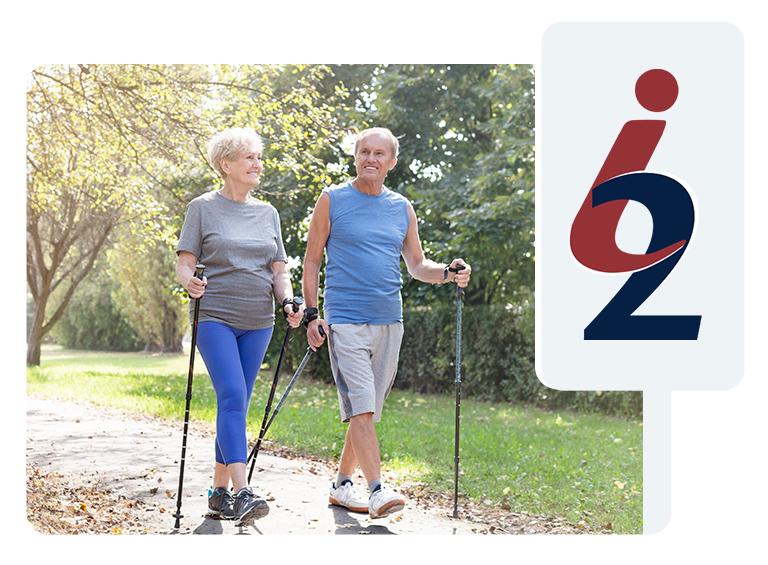Fall Prevention
Physical Therapy in Marietta | Dallas GA
Strengthen your balance and boost your confidence with our Fall Prevention Physical Therapy
Many studies have consistently shown that physical therapy can reduce the risk of falls among adults who are 65 and older.
Falls often take place in the bathroom when getting up from or sitting on the toilet or shower, as well as at night in a dark bedroom when getting up quickly and tripping on the way to the bathroom.
Commonly Treated Conditions Include
Dizziness, decreased muscle strength, history of falls, foot problems, pain, balance standing and walking, osteoporosis, arthritis, Parkinson’s, neuropathy and stroke.
Your treatment plan may include:
- Balance training: Specific balance activities for standing, walking indoors and walking outdoors, even walking in dimly lit environments.
- Walking and moving: Doing more than one thing at the same time — safely
- Strength training: Specific exercises that improve balance with standing, walking, and stairs to improve overall safety and quality of life.
- Pain management: We treat the cause of the pain through a combination of strengthening, stretching, patient education on pain management and manual therapies included with balance activities to improve overall quality of life.
- Safety awareness: education in all areas of the home and outside of the home
- Specific exercises to reduce the symptoms of dizziness during specific activities of daily living decrease the overall fall risk.
- Fear of falling management

Our expertise can guide you in developing a program that works best for your schedule and circumstances. Schedule a consultation today!
FAQs
Make an Appointment

The risk of falls among older adults is typically linked to a variety of factors, including:
- Balance and/or walking problems: Balance can be influenced by changes in vision, vestibular issues, and altered sensation in the feet.
- Use of multiple medications
- Home hazards
- Positional low blood pressure (Postural hypotension—or orthostatic hypotension):When your blood pressure drops as you move from lying down to sitting up, or from sitting to standing.
- Problems with feet and footwear
